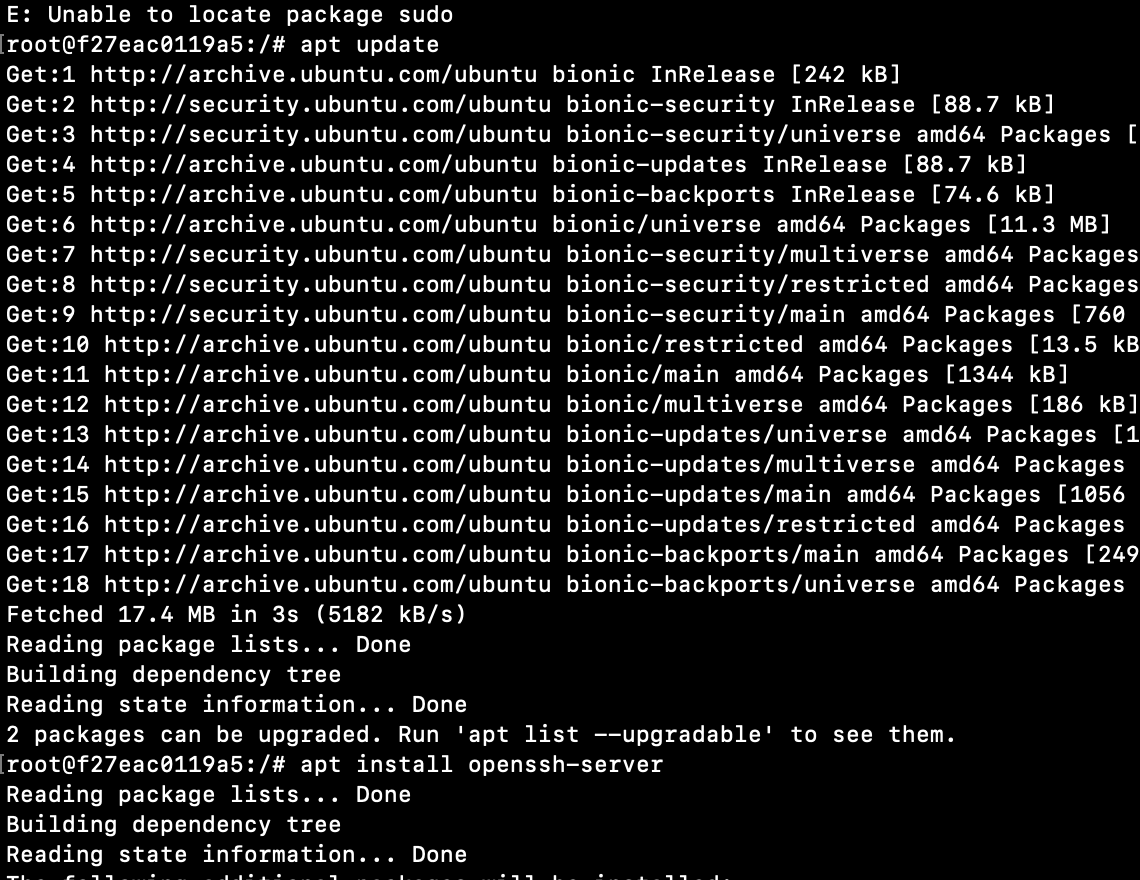

- SUDO APT GET UPDATE STILL SHOWS UPDATES AFTER REBOOT INSTALL
- SUDO APT GET UPDATE STILL SHOWS UPDATES AFTER REBOOT UPGRADE
When default_release is used, an implicit priority of 990 is used. When used with a loop: each package will be processed individually, it is much more efficient to pass the list directly to the name option. Since we don’t have warnings and prompts before installing we disallow this.Use an explicit fnmatch pattern if you want wildcarding)
SUDO APT GET UPDATE STILL SHOWS UPDATES AFTER REBOOT INSTALL
The apt-get commandline supports implicit regex matches here but we do not because it can let typos through easier (If you typo foo as fo apt-get would install packages that have “fo” in their name with a warning and a prompt for the user. Remove the file or remove its execute permission afterwards. For example when installing Postgresql-9.5 in Debian 9, creating an excutable shell script (/usr/sbin/policy-rc.d) that throws a return code of 101 will stop Postgresql 9.5 starting up after install. Most distributions have mechanisms to avoid this. In most cases, packages installed with apt will start newly installed services by default.

SUDO APT GET UPDATE STILL SHOWS UPDATES AFTER REBOOT UPGRADE
Three of the upgrade modes ( full, safe and its alias true) required aptitude up to 2.3, since 2.4 apt-get is used as a fall-back. Controlling how Ansible behaves: precedence rules.Collections in the Theforeman Namespace.Collections in the T_systems_mms Namespace.Collections in the Servicenow Namespace.Collections in the Purestorage Namespace.Collections in the Openvswitch Namespace.Collections in the Netapp_eseries Namespace.Collections in the Kubernetes Namespace.Collections in the Junipernetworks Namespace.



 0 kommentar(er)
0 kommentar(er)
